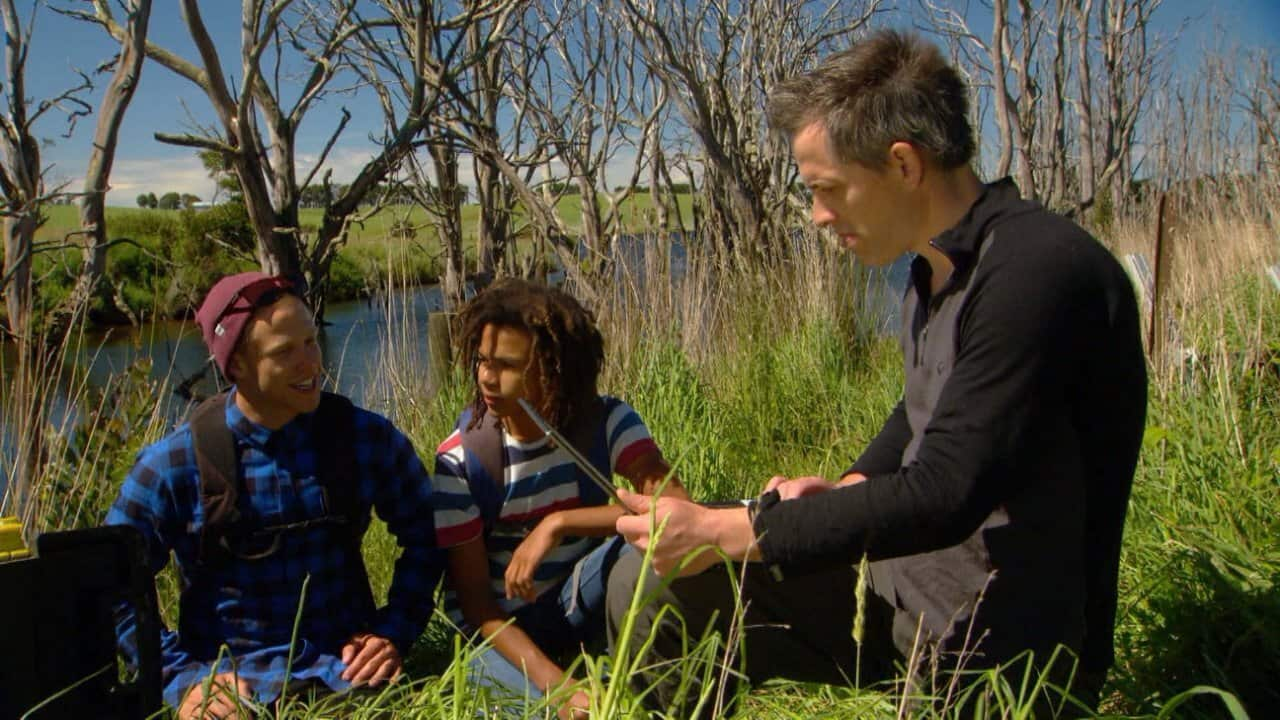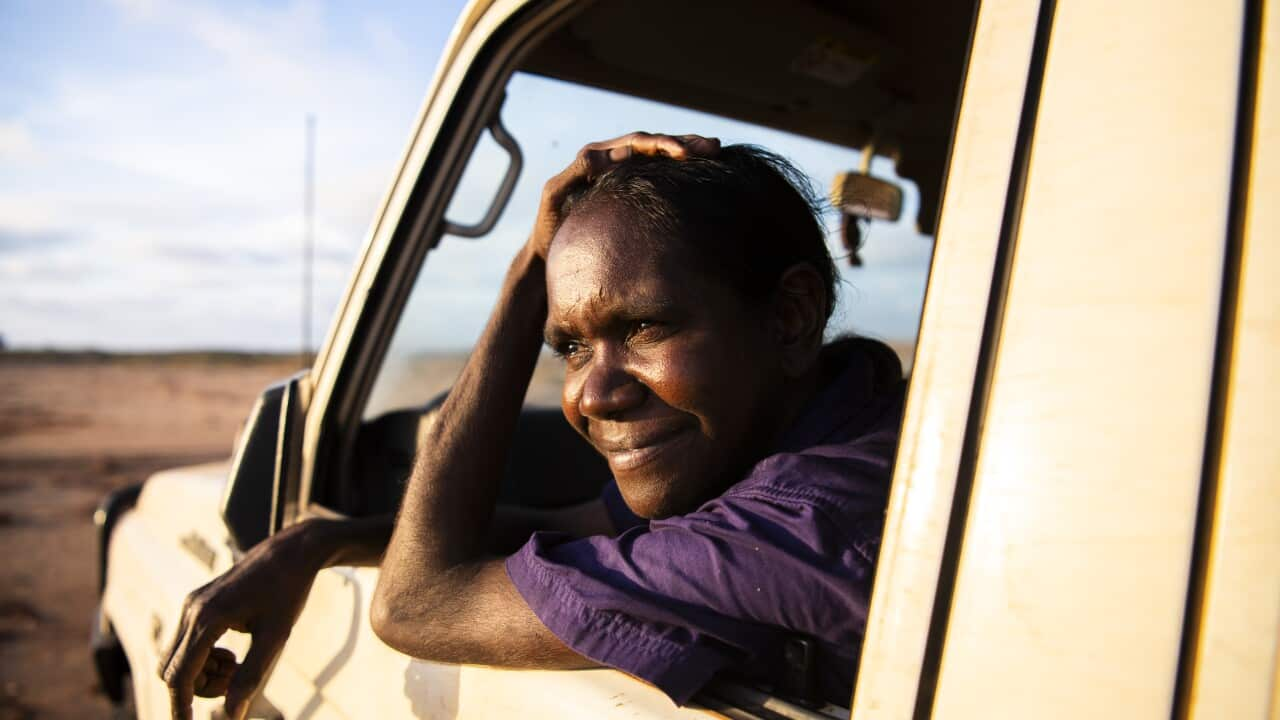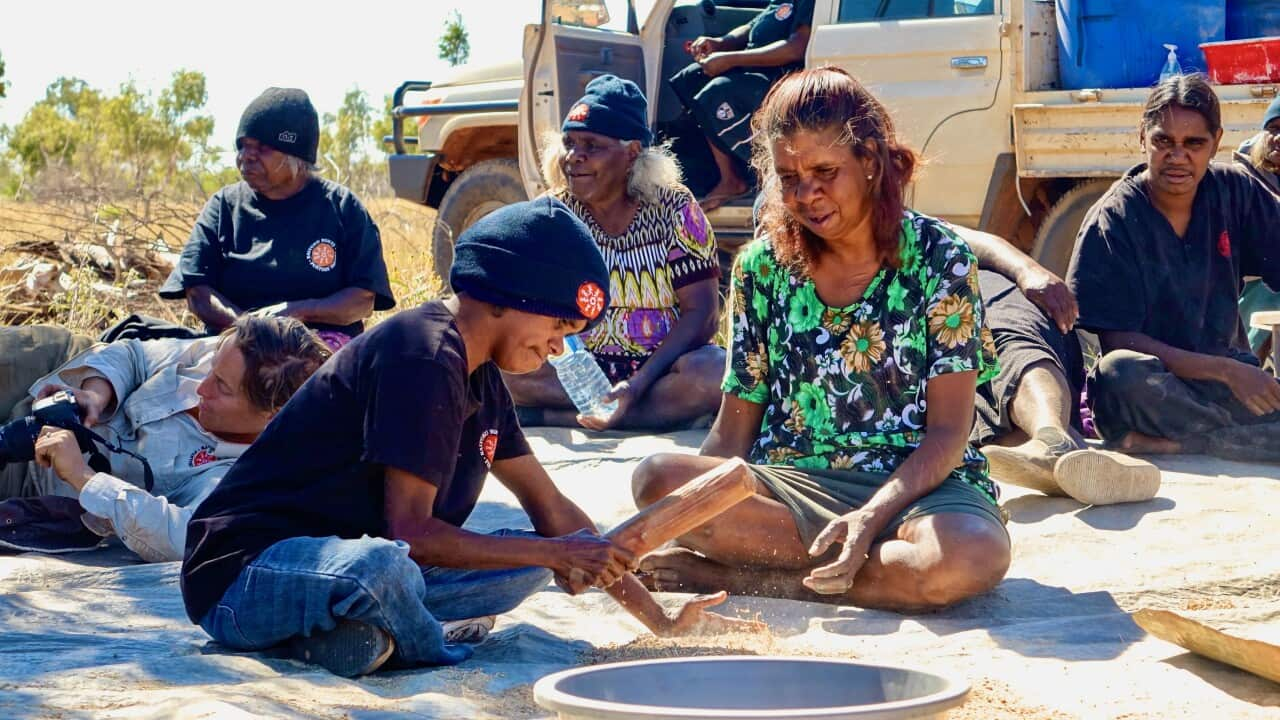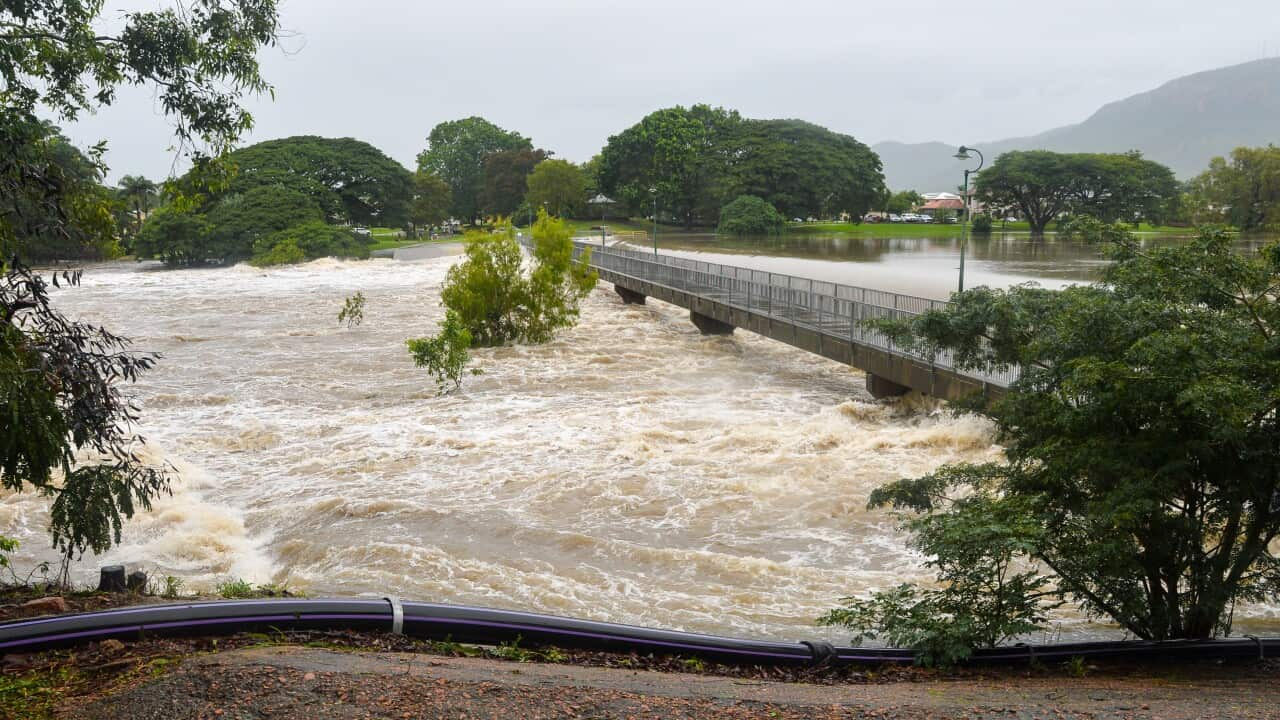When Aunty Rita Gutchen, a Djabugay Ewamian Elder, was a child, she and her friends would run down to the local swimming hole after finished school at the Mona Mona Mission, near Kuranda in Far North Queensland.
“That’s the first time I saw a platypus," she said.
"There was a splash and he was gone.
"The platypus probably thought ‘Oh here’s the noisy ones coming now’."
But Aunty Rita had not seen a platypus for more than 60 years until a project designed by the Djabugay Bulmba Rangers, combining traditional knowledge and AI, captured the shy creatures on camera last year.
Dennis Hunter, cultural development officer at Djabugay Aboriginal Corporations, hadn't seen a platypus for 30 years.
"The platypus plays a very important part of Kuranda, our local township, is actually named after the platypus," he said.
"In our language, the Djabugay language, we call it Ngunbay, the land of the platypus and ngunba is the platypus.
"So, I think that's a very important name that people should know."
The platypus search was part of ‘Eyes on Country’, a First Nations-led project established by the World Wide Fund for Nature-Australia with funding support from Google.org.
In partnership with ‘Eyes on Country’, 11 Indigenous groups across Australia are designing monitoring programs that combine ancient knowledge with the latest technologies such as trail cameras, Wildlife Insights (which uses Google-powered Artificial Intelligence to identify species in images), environmental DNA, and drones.
The the Djabugay Bulmba Rangers set up trail cameras – focused on Flaggy Creek and surrounding waterways north west of Kuranda – to search for ngunba.
They had not been seen in Flaggy Creek for decades and no-one knew if they were still there, especially after Cyclone Jasper caused intense flooding in December 2023.
READ MORE

Bushwhacked S3 Ep9 - Platypus
On top of that, there were 400,000 images to trawl through - but, thanks to technology, within the first hour, the project team found four images of the same ngunba swimming at the edge of the creek.
Dennis Hunter said it was exciting to see the first images.
“The rangers were jumping up and saying ‘yeah we found one!’" he said.
"It’s meaningful because it shows ngunba is out there."
To look for platypus, rangers chose 10 monitoring points and set up two cameras at each location, one focused on the water to check for ngunba, the other to record wildlife in the surrounding forest.
Platypus were recorded at three of the monitoring sites.
"It’s nice they survive ... he's probably got more too, more children, (hopefully they’re) breeding,” a delighted Aunty Rita said.
Ranger Caesar Hunter said the project was guided by Elders.
“They were getting worried because they had not seen a platypus in years, so we decided to take on that responsibility to go find platypus," he said.
"It makes me feel good doing stuff the Elders want done.”
Operating from June to October, the 20 cameras also captured images of cassowaries, bandicoots, giant white-tailed rats, rainforest dingoes, pademelons and feral pigs.
“The cassowary is the symbol of our people," Dennis Hunter said.
"We’re 40 kilometres outside of Kuranda, we didn’t know cassowaries were here, so to see juveniles on the camera and know there’s a population is great.
“We can tell from their scats they’re relying on bush foods and fruits, not handouts from people, which is positive and bodes well for their future.”
Knowing the location of feral pigs helps the rangers with critical pig control programs.
The pigs dig up creek banks, causing erosion and water turbidity, making it hard for ngunba to dig burrows and lowering the supply of the aquatic insects platypus rely on for food.

Djabugay Bulmba Rangers after finding their trail cameras had captured images of ngunba (platypus). Credit: WWF-Australia
“But this is not just a project about conservation, it's also a project of culture and people," she said.
"For the Elders it’s incredibly important to know the species they remember growing up on the mission is still out there."







